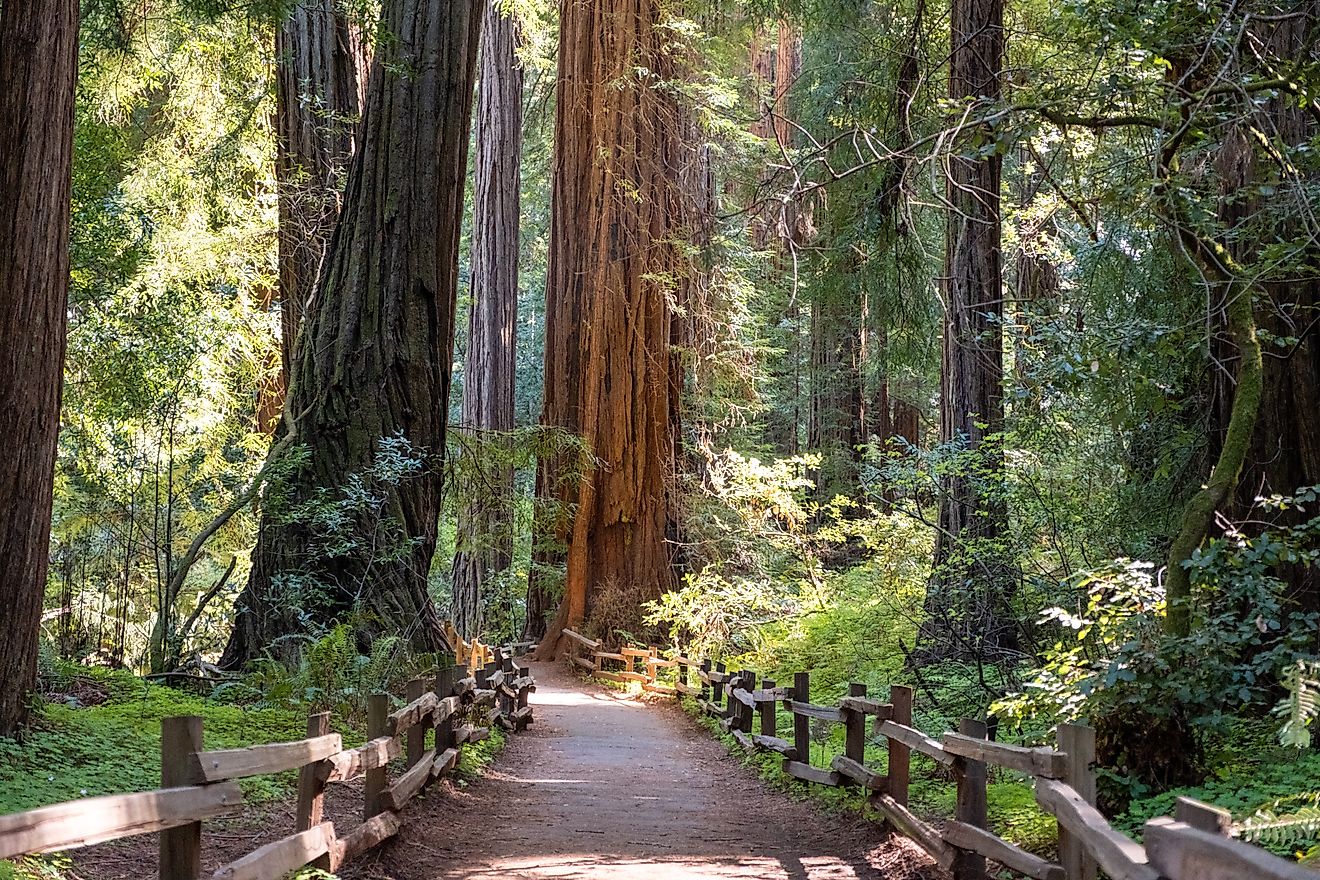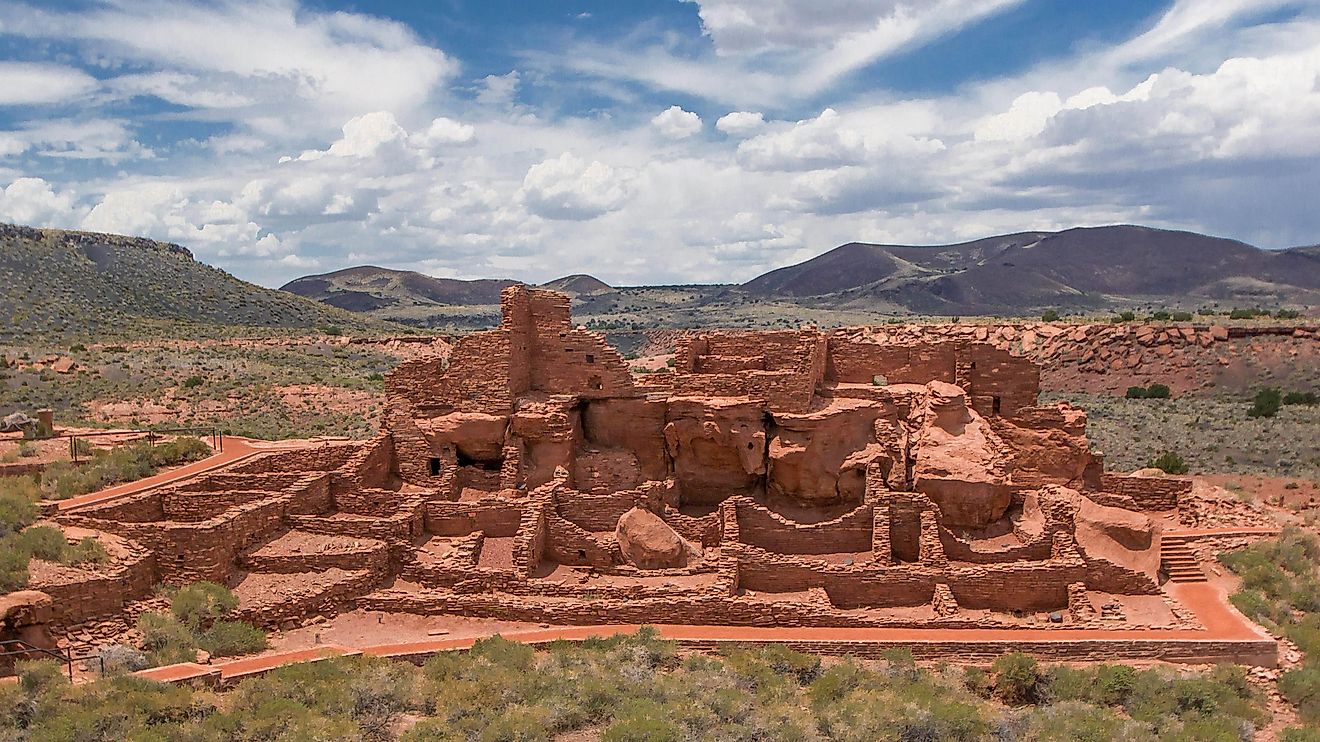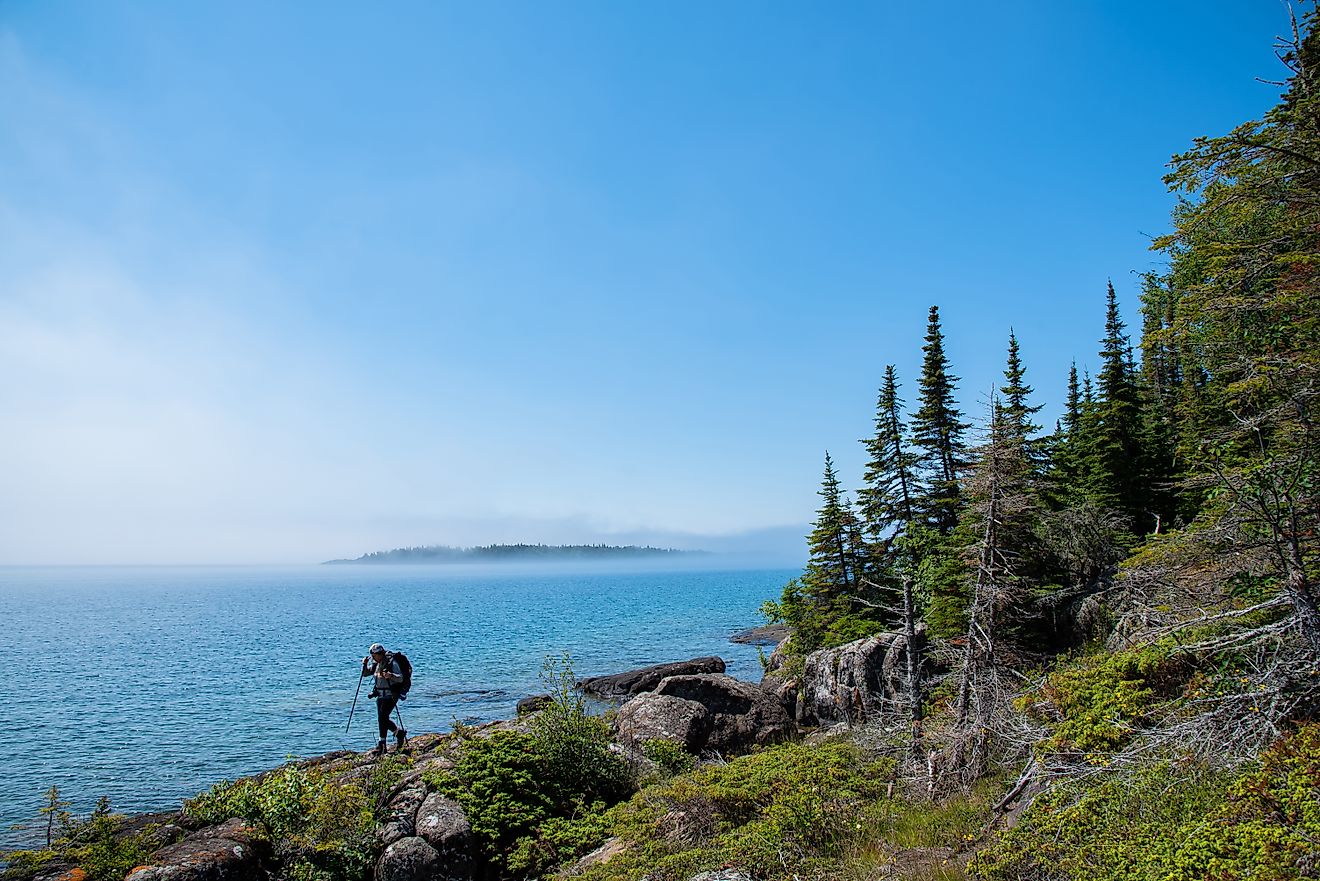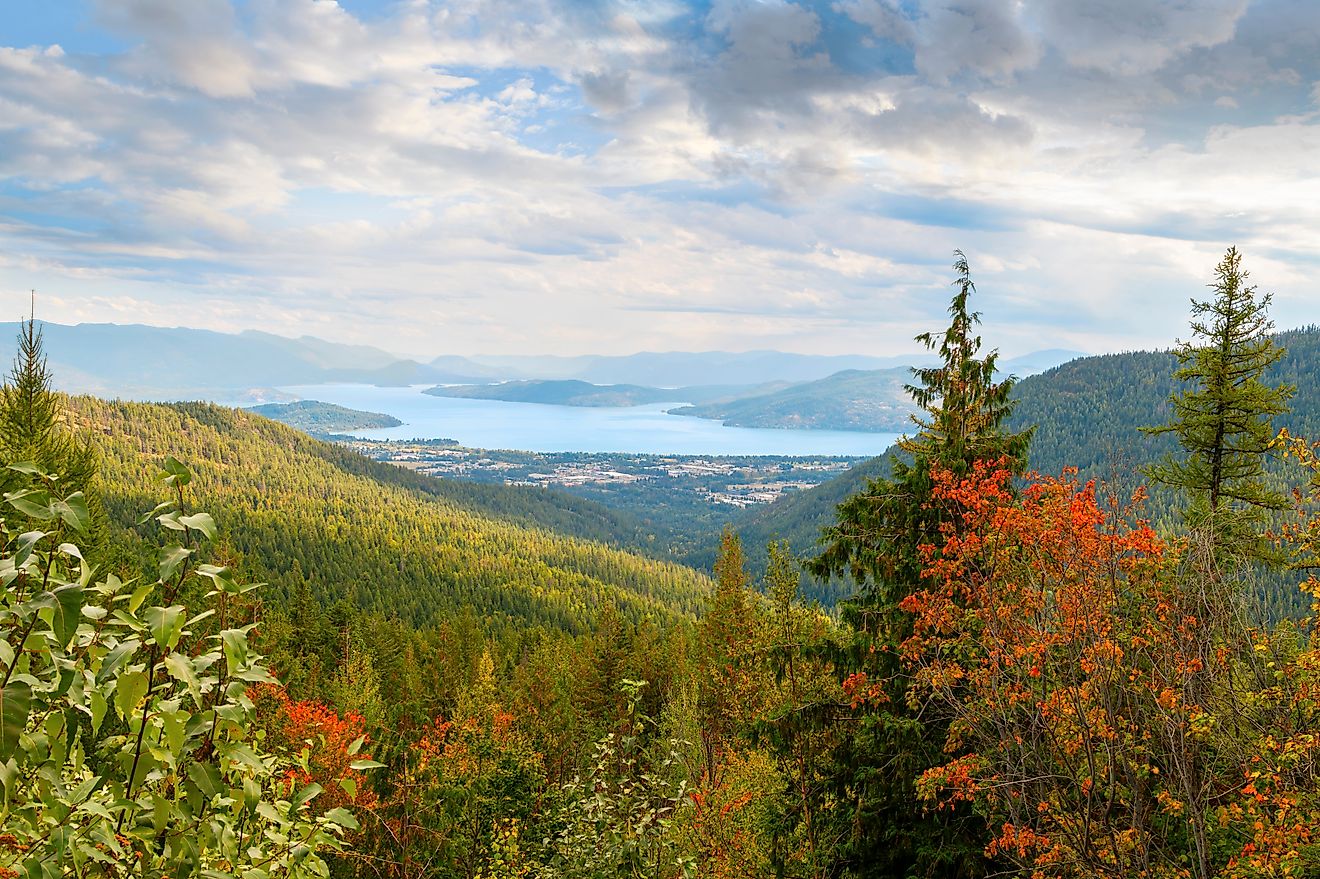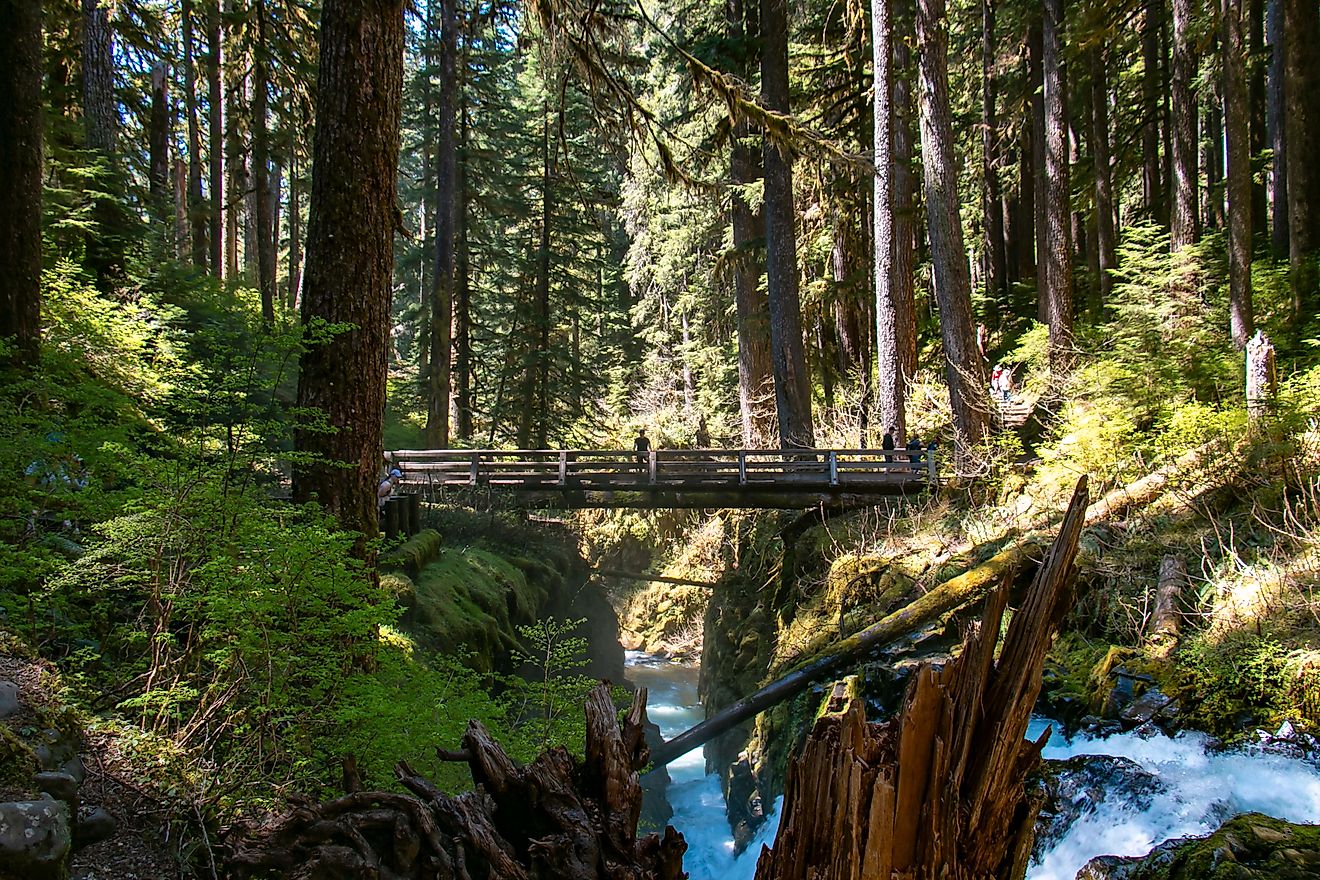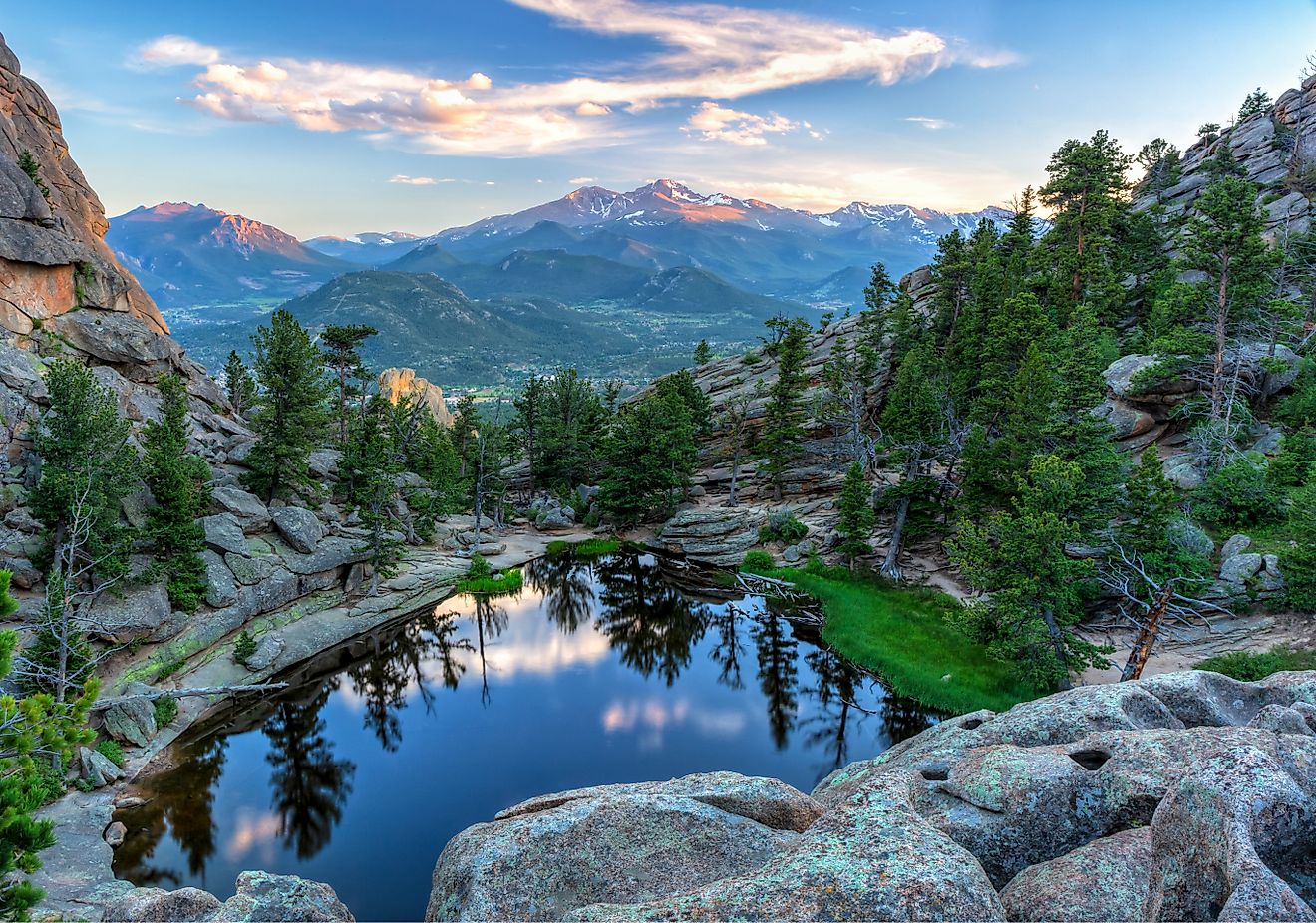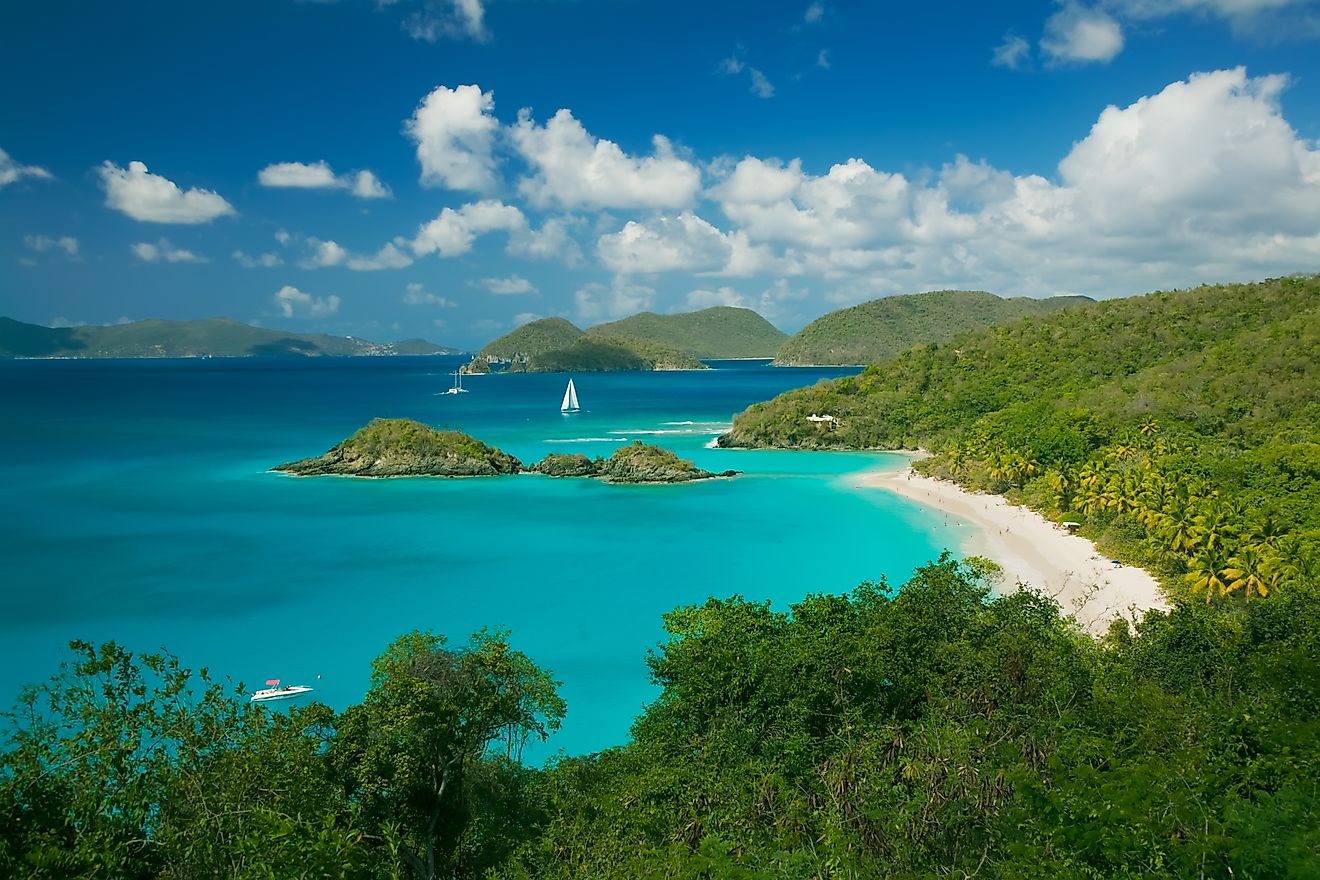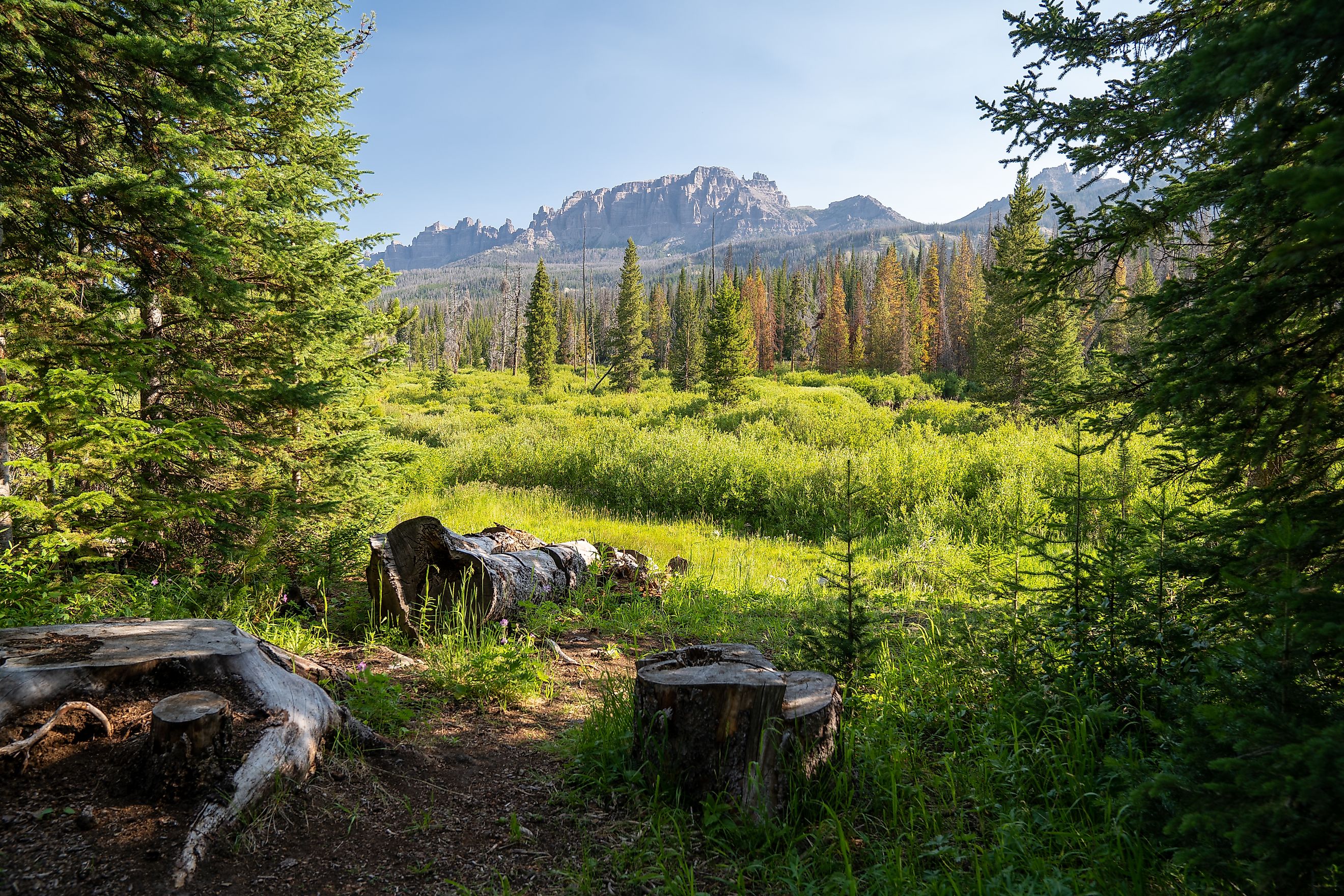
Shoshone National Forest
Deep in the mountains of northwestern Wyoming, Shoshone National Forest is a place where rugged peaks, glacial lakes, and grizzly bears still reign. It's the first protected national forest in the United States and covers nearly 2.5 million acres of pure wilderness. From its volcanic mountains to its glacier-filled valleys, this forest is an outdoor adventurer’s dream and it’s packed with stories, science, and natural beauty.
America's First National Forest
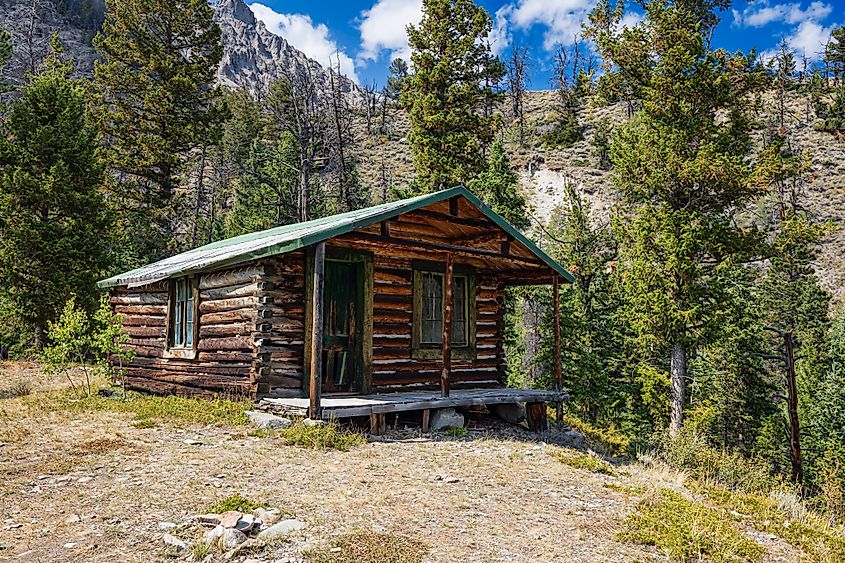
Established in 1891 by President Benjamin Harrison, Shoshone National Forest kicked off the idea of preserving land for future generations. Originally part of the Yellowstone Timberland Reserve, it became the first of many national forests. It's now a key piece of the Greater Yellowstone Ecosystem, one of the largest nearly untouched ecosystems in the world.
Long before European explorers arrived, the land was home to Native American tribes for more than 10,000 years. Today, it remains wild, open, and largely unchanged.
Mountains, Glaciers, and Ancient Rock
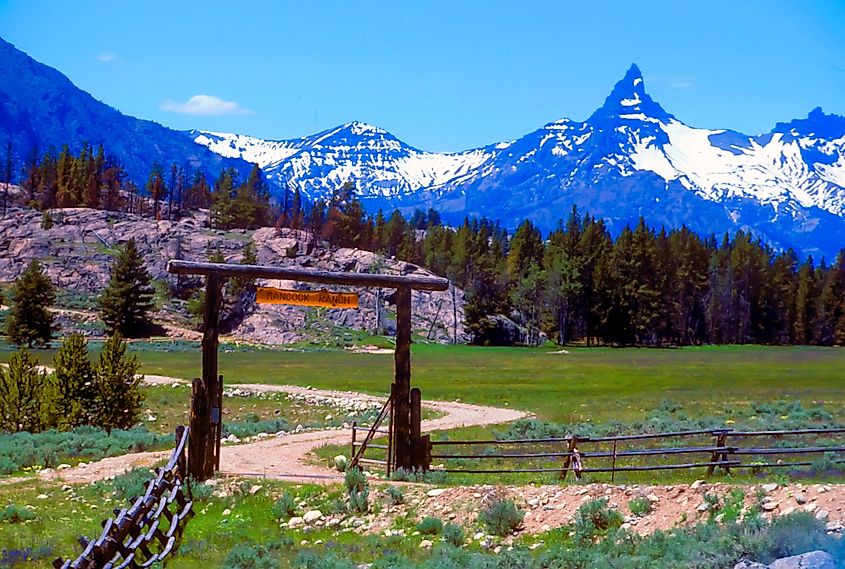
Shoshone is a geologist’s playground. The landscape spans three major mountain ranges:
-
Absaroka Range: Formed by ancient volcanic eruptions, this rugged range covers the forest’s center and north. Francs Peak towers above at 13,158 feet.
-
Beartooth Mountains: Some of the oldest rocks on Earth form these northern peaks. The scenic Beartooth Highway crosses through at 10,974 feet.
-
Wind River Range: Home to Gannett Peak, Wyoming’s tallest mountain at 13,804 feet. This southern range holds more glaciers than anywhere else in the Rockies.
The forest borders some legendary neighbors, including Yellowstone and Grand Teton National Parks, and shares its eastern edge with the Wind River Indian Reservation.
The Forest’s Untouched Wilderness Areas
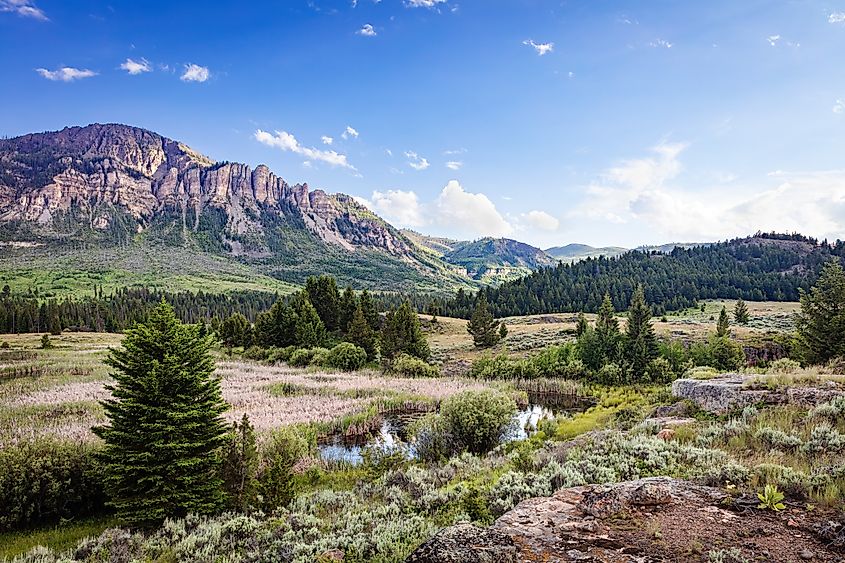
More than half of Shoshone National Forest is wilderness, meaning no roads, no engines, no modern development. These areas are for foot and horseback traffic only:
-
North Absaroka Wilderness
-
Washakie Wilderness
-
Fitzpatrick Wilderness
-
Popo Agie Wilderness
One of the most standout spots in the area is The Cirque of the Towers. A jaw-dropping granite amphitheater in the Popo Agie Wilderness that draws climbers and hikers from all over.
Fire: Friend, Foe, and Forest Shaper
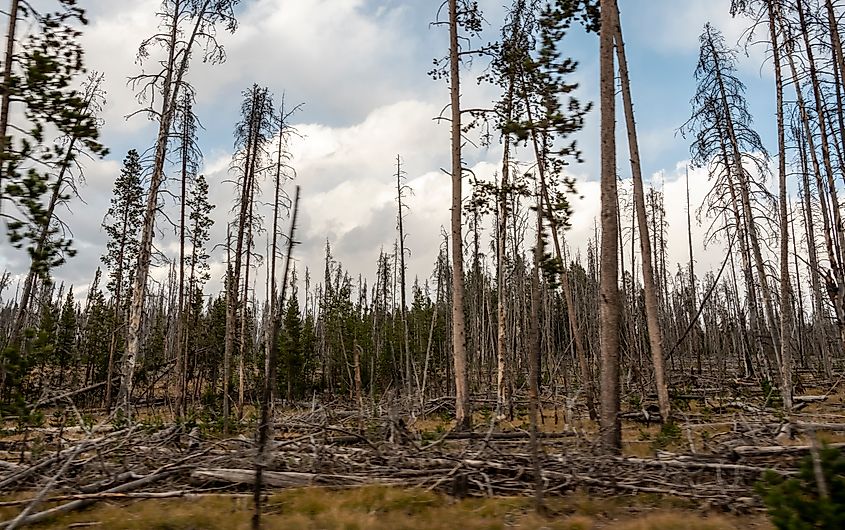
For much of the 20th century, fire was treated as a major threat to forests. The “10 a.m. rule” was standard policy, requiring any wildfire to be extinguished by the next morning. But over time, scientists and land managers realized fire plays an important ecological role by clearing out dead wood, encouraging new plant growth, and maintaining healthy habitats.
In Shoshone National Forest, lightning strikes cause about half the fires each year. These naturally occurring burns affect around 2,300 acres annually, most often in August and September. While some fires are allowed to burn under supervision, others require immediate response depending on conditions and risk.
One of the forest’s most sobering events was the 1937 Blackwater Fire, which killed 15 firefighters. That tragedy led to major changes in wildfire policy, including better training and communication systems. Today, fire is seen as both a risk and a necessary force for maintaining the health of the forest.
Wildlife Central: From Bears to Bighorn Sheep
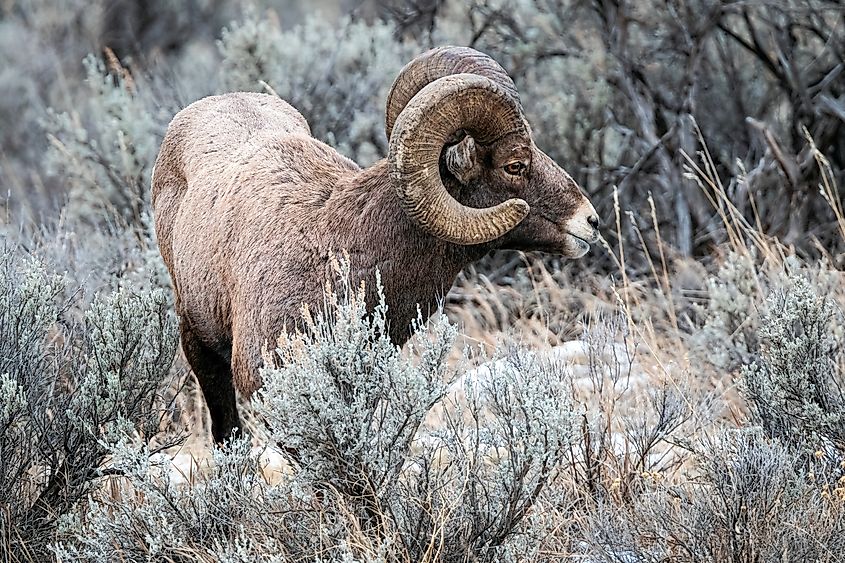
This forest is one of the best places in the country to see North American wildlife in its natural habitat. It’s home to:
-
Grizzly bears and black bears
-
Gray wolves
-
Bobcats and cougars
-
Moose and elk
-
The largest herd of bighorn sheep in the lower 48
Anglers will also find paradise here. The forest’s lakes and rivers are rich with native species like the Yellowstone cutthroat trout.
Glaciers on the Move: Vanishing Ice in the Wind River Range

With more glaciers than any other US national forest in the Rockies, Shoshone is a frozen time capsule. But the glaciers are shrinking. Gannett Glacier alone has lost over 50 percent of its mass since 1920.
Researchers study these glaciers to track global climate changes. Glacial melt provides critical cold water to streams and rivers, supporting fish and plant life. As the glaciers disappear, the forest’s delicate ecosystem is changing with them.
Adventure Playground: What You Can Do in Shoshone
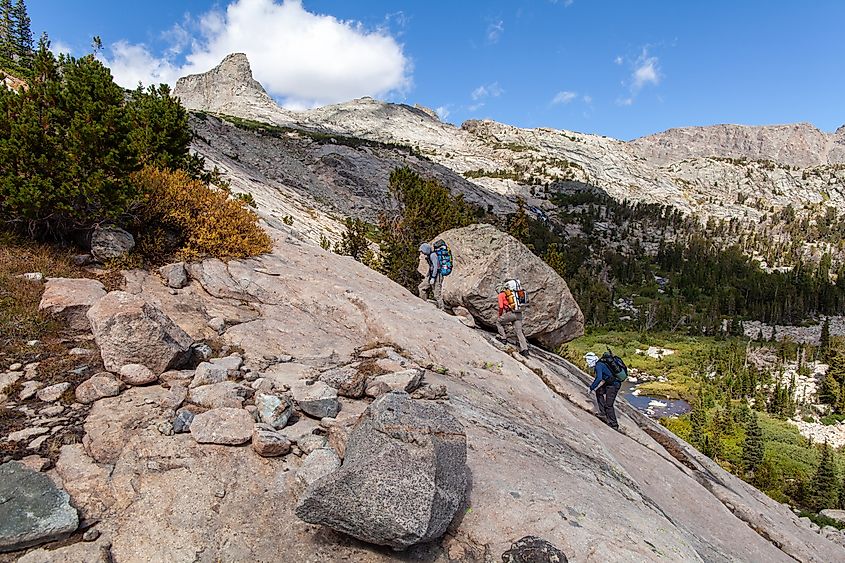
Whether you want adrenaline, solitude, or both, Shoshone has you covered:
-
Hiking: Over 1,600 miles of trails, including part of the Continental Divide Trail.
-
Camping: 30 vehicle-access campgrounds, many with water and restrooms. Some require hard-sided campers for bear safety.
-
Fishing: Blue Ribbon Trout Streams and over 1,000 miles of fishable water.
-
Hunting: Seasonal hunting with the proper licenses.
-
Climbing: The Cirque of the Towers is a major climbing hub. Even seasoned climbers need several days to summit the tallest Wind River peaks.
-
Snow Activities: 48 miles of groomed cross-country skiing trails and 300 miles for snowmobiles. Deep snow near Togwotee Pass makes for a long winter season.
Scenic Drives Worth the Detour
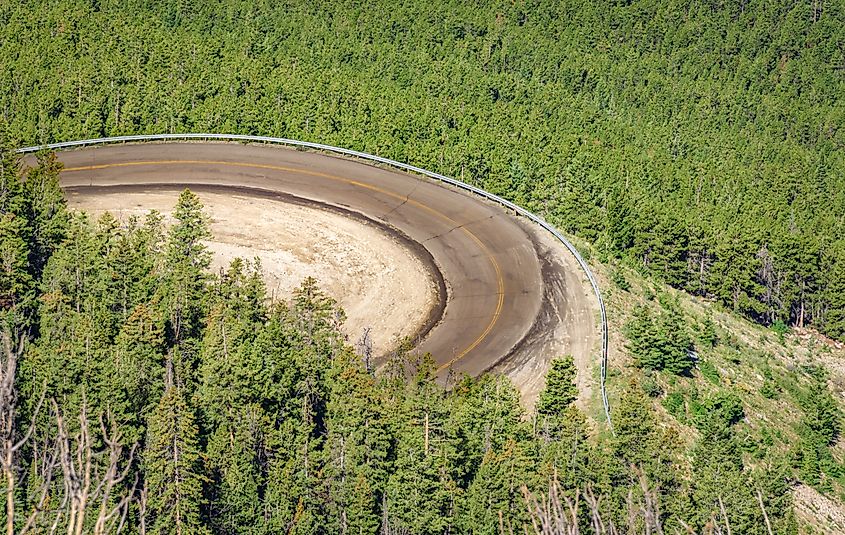
Some of the most jaw-dropping roads in the US run through Shoshone National Forest:
-
Beartooth Highway: A National Scenic Byway with views from over 10,000 feet.
-
Chief Joseph Scenic Byway: Follows the route of the Nez Perce tribe's escape in 1877.
-
Buffalo Bill Cody Scenic Byway: Travels through the heart of the forest into Yellowstone.
-
Wyoming Centennial Scenic Byway: Leads over Togwotee Pass and into Grand Teton National Park.
Why Shoshone Matters
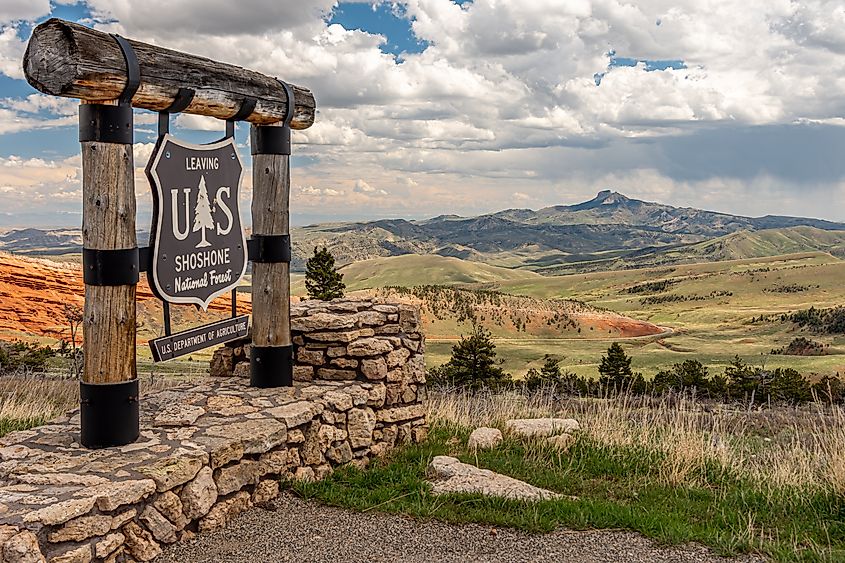
Shoshone National Forest isn’t just a pretty place, it’s a symbol of what conservation can achieve. It’s a stronghold for wildlife, a laboratory for climate science, and a sanctuary for those seeking wild beauty.
From trout-filled rivers and windswept granite to glacial peaks and ancient forests, Shoshone is a living testament to America’s wilderness legacy. Whether you're hiking, fishing, driving a scenic byway, or just staring at the stars, you’ll walk away with a deeper appreciation for the untamed heart of the American West.
